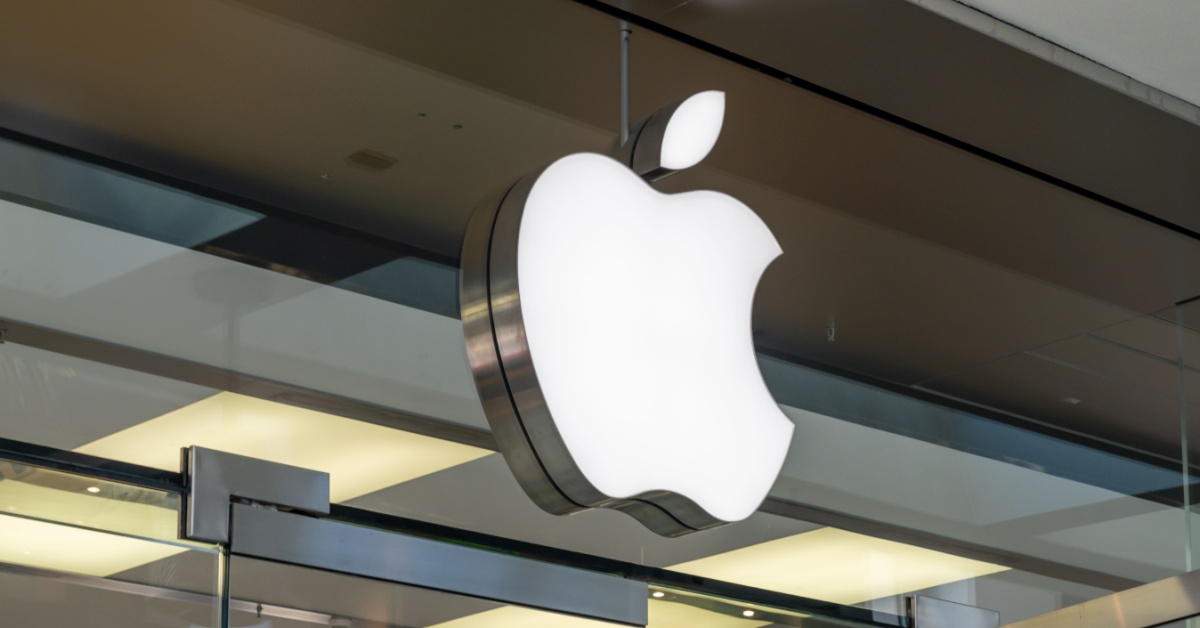According to Visible Alpha consensus, Apple’s (NASDAQ: AAPL) total revenues for FY 2025 have ticked down close to $5 billion from the beginning of last quarter from $412 billion to $407 billion. This $5 billion move is driven by estimates coming down for the China market from $70 billion to $66 billion. Sentiment seems to reflect a view that the issues surrounding tariffs will slow down the pace of iPhone unit sales along with revenue and profit growth in Greater China. Looking further out to FY 2026 and FY 2027, revenues and operating profit for Greater China have moved lower for the company. However, the Greater China sales growth for FY 2026 is still expected to be 10% year-over-year and the operating profit margin has remained at 42%. With costs and currencies currently in flux, could revenue growth and margins be at risk in the region?
In addition to the tariff issues surrounding the China market, iPhone buying continues to be underwhelming in the US, due to fewer users upgrading. Since last January, expected iPhone units declined to 225 million from 236 million for FY 2025. Currently, iPhone sales are expected to generate $201 billion in 2025, down from $213 billion last fall. In addition, full-year iPhone revenue expectations have continued to edge down since early February 2025, likely driven by decreased expectations around the performance of the China market. While the Greater China business segment is exposed to obvious potential challenges from the tariff dynamics, questions also remain around the iPhone supply chain in the near-term and what the cost and price impact to the US segment may or may not be.
Expectations for the high-margin Services segment remained stable for FY 2025 at $108 billion. The gross margin for the Services segment is over 70%, significantly higher than the 36% gross margin for Products. Given the large installed base, we are looking forward to what the company says in the Q2 earnings release about growth in Services and the role of Apple Intelligence in FY 2025. More importantly, will the Services segment be immune to the possible impact from tariffs on Apple’s hardware portfolio, especially the iPhone?






